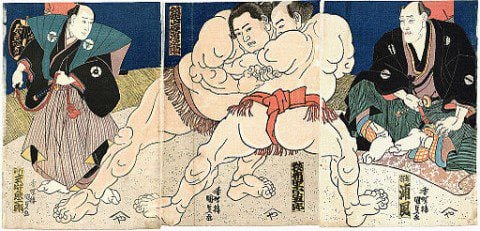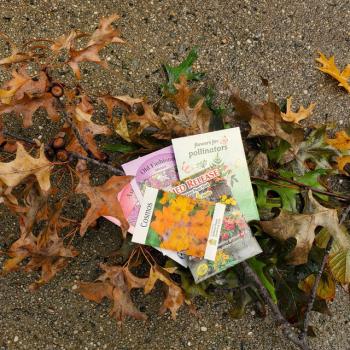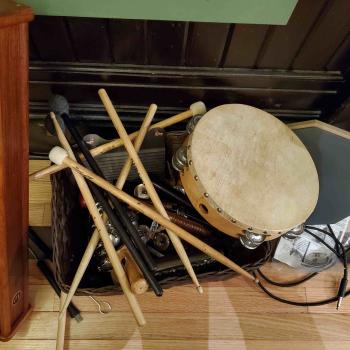This past weekend as we were closing upon American Baseball’s All Star break, and my local team (Texas Rangers) were doing startlingly well, I thought I’d check into my favorite Sports website, FiveThrityEight.com for some perspective on this. It’s a site for statistical geeks, and they not only analyze sports, but also attempt to apply those same talents to political elections. However I am sick unto near death of hearing about the Presidential Election, so I avoided that part of the website and instead found an article about Sumo.

Sumo is not part of 538’s normal “beat.” But, if you are into sports statistics, like they are – this is the motherlode. Professional basketball stats go back to the middle of the last century. Professional baseball goes back to shortly before 1900. Sumo is reputed to be about a thousand years old, but that’s nearly impossible to verify. We do know the first professional tournaments was held in 1684, and there is an essentially unbroken record of stats for national tournaments since 1761. (Back when the US were happy British colonists grateful to the Motherland for rescuing them from the recent French invasion.)
An identifying feature of Sumo…is that each bout starts with a ceremony – and I’m not talking about tossing out a ‘ceremonial’ first pitch, but an actual Shinto ritual.
The shikiri (pre-match ritual) takes several minutes. The wrestlers clap to attract the attention of the gods, lift their hands to show they are unarmed, stomp the ground to scare away demons and throw salt in the ring to purify it. They repeatedly crouch as if about to start the match and then stand up after a few moments of glaring at each other. When they are finally ready, they creep toward their starting stance.
Indeed, much of the time this preliminary ceremony actually takes longer than the actual match does.
Much of 538’s article was focused on if the most famous historical Sumo wrestler, Raiden (which roughly translates to “The Thunderbolt”) could beat the most highly ranked Sumo wrestler today. And like most such exercises, they soon add so many caveats to their considerations that the question soon becomes pointless. How do you really compare two people from hugely different eras? Philippides vs Jesse Owens – who’d win?
One other interesting point the article brought up was that Sumo is no longer an exclusively Japanese sport. Americans (almost exclusively Hawaiians) have been participating since the 1980’s a couple at the highest levels. Recently, Mongolians have not only been competing but dominating in national competitions, and there is also increasing participation from Eastern Europeans.
I wonder what folks in Raiden’s day, half a century before Admiral Perry’s intrusion into Japan, would have made of that?
One quick personal, but not necessarily Pagan, note on how Sumo has improved my life:
About twenty years ago, ESPN would occasionally play Sumo bouts very late at night. One summer night I was up with my son, then a toddler, after he’d had a bad dream, we’d gotten a sip of water and was about to put him back to bed when he decided he wanted to go back to his bed without a diaper. And he was at the age where this could work during the day, but at night it was a guarantee I’d be changing the sheets in a few hours. So, as a stall I turned on the TV and we found the Sumo matches on ESPN. After a couple of bouts, I turned to him and said, “You know, if those Great Big Men can wear diapers when they fight each other, It’s probably OK for you to wear them to.” He agreed this made sense. Then after we repeated to each other some of the stranger noises the wrestlers had made during their matches, he went back to bed – and we had dry sheets in the morning.
Sumo for the WIN!

















